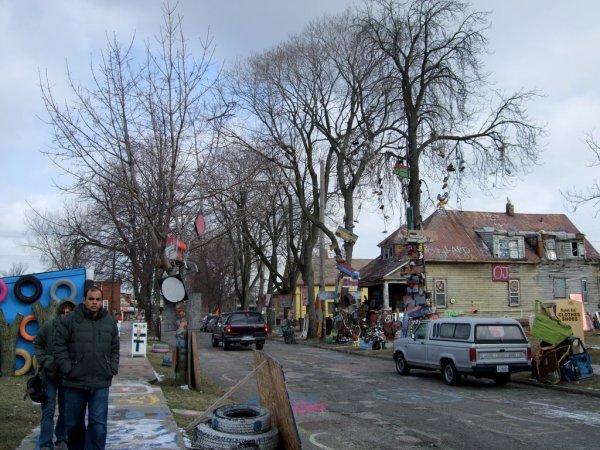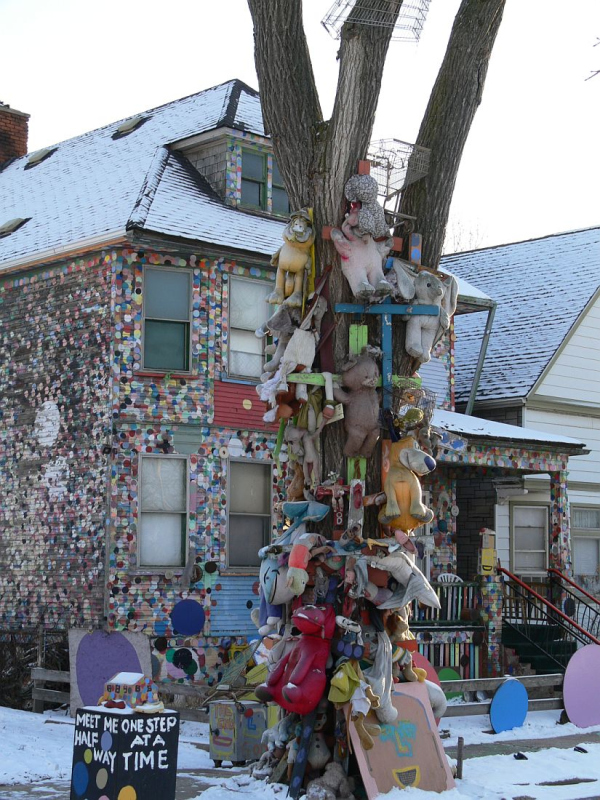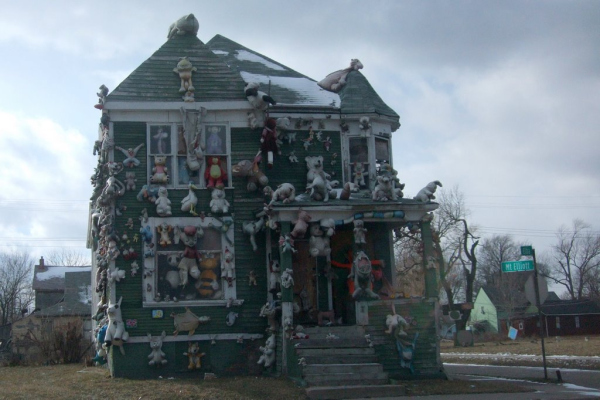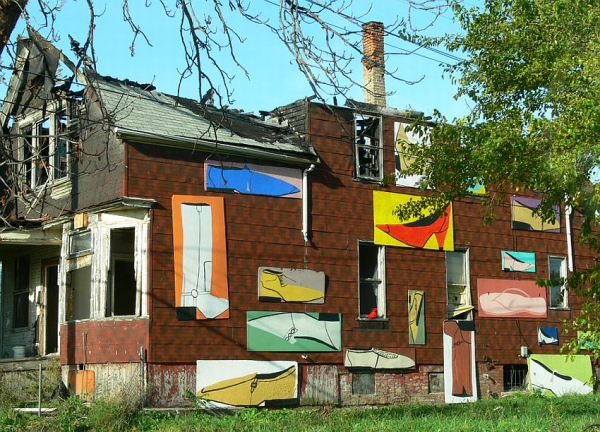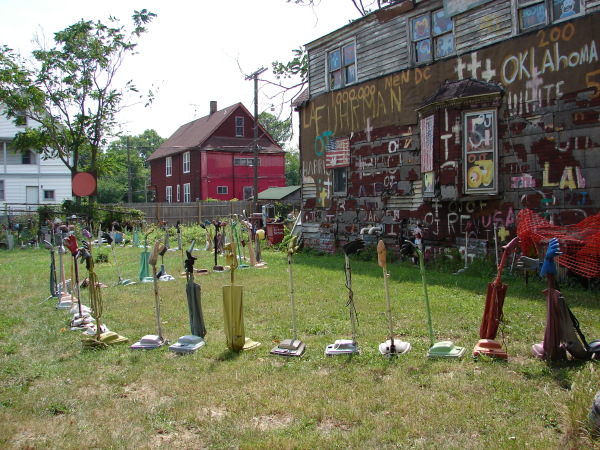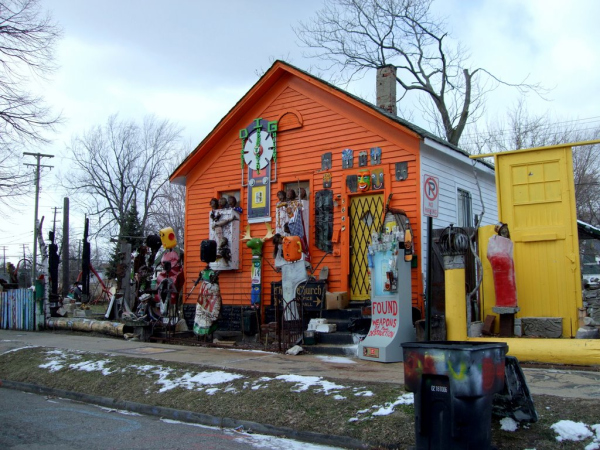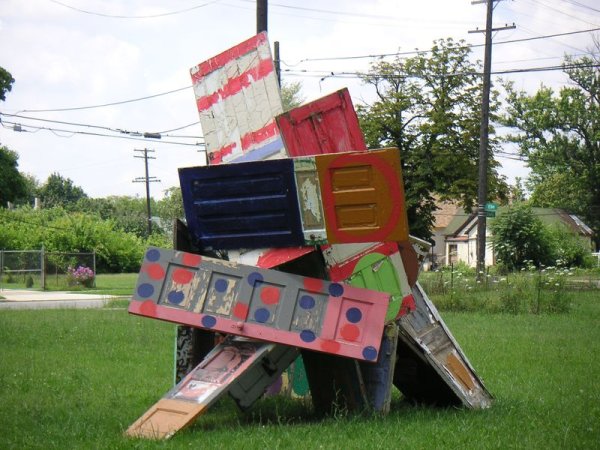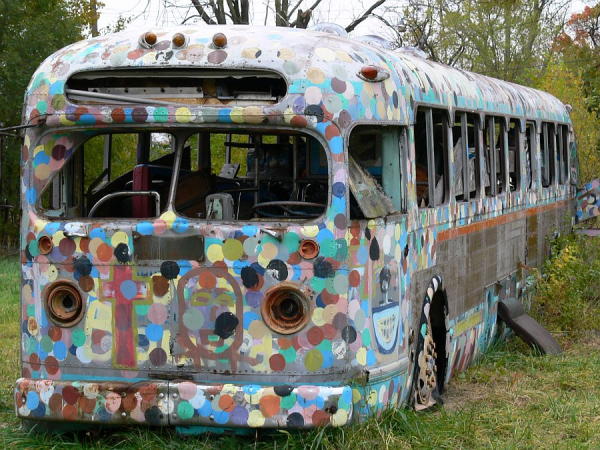FOLLOW 4 MORE VIDEOS TO COMPLETE THE SERIES IN TH YOU-TUBE
IS JUST AMAZING !!!!!!!!!!!!!!!!!!!!!!
Labels
- Architecture
- Art
- Politic
- Archaeology
- Music+video
- Wonder
- Architecture-Interior
- ENVIRONMENT
- Strange Architecture
- Design
- Ecology
- MYTH AND COINS
- Design Art
- Energy
- Travel
- Ethnic
- conspiracy
- POETRY
- Michael Balaroutsos Projects
- Short films
- Biography
- Guest Post
- Mystery
- Antropology
- CINEMA
- Criticism
- MATERIAL
- Naval Architecture
- SCIENCE
- Vestiario
- Astronomy
- Decoration
- 2012's Top Moments in Architecture
- Kristie.lewis
- MY CITY
- Maggazine
Pages
Friday, October 15, 2010
helping to heal the planet
beautiful green roofs helping to heal the planet
By Cheryl Janis
Beautiful rooftop garden setting compliments the exterior brick wall. What a sweet place to hang out.
Green rooftops are now becoming a hip-thing of the present, growing in urban cities worldwide. It makes complete sense. According to Science American, “Ground cover, shrubs and other flora planted across a building’s roof can reduce storm water runoff, easing the burden on local sewers and water treatment systems. And the vegetation can keep the roof cooler in summer, lowering interior air-conditioning costs and therefore peak demand on area power plants.”
Here’s more:

This one is my favorite green rooftop. It’s the messy hair which reminds me of my own mane.

This one’s a nice shaggy-do which really balances out all that metal. I love how it cascades down the building like a beautiful waterfall, evoking a calm energy.
Of course Europe has been doing the green-roof-thing for more than a decade and according to Science American, “Tokyo now requires that at least 20 percent of any new roof on medium and large buildings be cultivated. Chicago is the U.S. leader. Most installations are made on newly constructed buildings, but retrofits are rising.”
May it continue.
The Happiest Kingdom
The Happiest Kingdom Of Them All
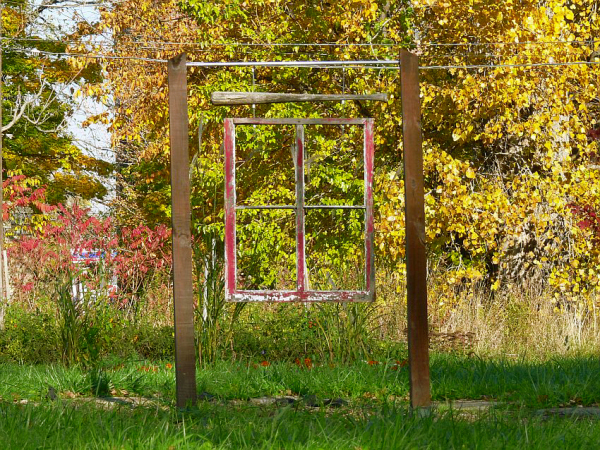
OK, enough gloom, let’s get it all into perspective. If you need to understand that apocalypse could still be fun then you need go no further than the Heidelberg Project in Black Bottom (seriously!), one of the famously derelict suburbs of Detroit.
Strictly speaking the Heidelberg Project is not adaptive reuse, well maybe in part, but it shows why adaptive reuse may be far more important than it seems. What attracts us to adaptive reuse is that even when it is most serious it can still be play, the type of play that demonstrates how resourceful and resilient humans can be, how they can adapt and reframe a situation and how they can even make something great using the impossible raw materials left over from a disaster.
And it’s hard to think of less promising raw materials than the derelict gang ridden suburbs of Detroit. If you want to see the future, after climate change has decimated the deluded industrial nations of the world then Detroit is definitely Tomorrowland. And this is how its creator Tyree Guyton found it:
The Heidelberg Project is, in part, a political protest, as Tyree Guyton’s childhood neighborhood began to deteriorate after the 1967 riots. Following his stint in the Army, Tyree Guyton described coming back to Heidelberg Street and the surrounding neighborhood as if “a bomb went off”.At first, the project consisted of a series of houses on Detroit’s Heidelberg Street, painted with bright dots of many colors in conjunction with salvaged items being attached to the houses. It was a constantly evolving work that transformed a hard-core inner city neighborhood where people were afraid to walk, even in daytime, into one in which neighbors took pride and where visitors were many and welcomed.Tyree Guyton worked on The Heidelberg Project every day with the children on the block. He and director, Jenenne Whitfield, gave lectures and workshops around the country. Their main goal was to develop The Heidelberg Project into the city’s first indoor and outdoor museum; complete with an artist colony, creative art center, community garden, amphitheater, and more.
Now, it has over 250,000 visitors a year and is one of Detroit’s major tourist attractions, despite City Hall expressing its disapproval by partial demolition (talk about declutter!).
Guyton says about his work
“I like to take that which is dead (cast aside, thrown away) and put life back in it by adding colors and shapes and making it speak back to the world.”
What’s not to love about it?
The dot house…
the animal house…
Cinderella’s warholian slippers…
the wonderful sorcerer’s apprentice parody of the marching vacuum cleaners…
the art gallery…
sculpture whose precariousness would put Richard Serra’s to shame…
or the memorial to Rosa Parks? It’s all proof that no matter what happens, humans will still somehow manage to be happy if they are working together and creating. Have a happy Chocolate Festival!
Subscribe to:
Posts (Atom)


